
10 of Hong Kong’s best attractions of old, from the Star Ferry Pier and Lai Chi Kok Amusement Park to Bottoms Up
- Demolished, discontinued or simply overtaken by the passage of time, these sights were once sought out by locals and visitors to the city alike
- On the list: the Poor Man’s Nightclub, Tiger Balm Garden, Disco Disco, Flying Machine, the Hong Kong Club Building, the Lok Ma Chau Lookout, rickshaws and more
The route from hero to zero is all too often a descent that is as swift as it is shocking, as a touristic must-see one year becomes a has-been the next. And so it has proved with many of Hong Kong’s former top attractions that have been demolished, discontinued or simply overtaken by the passage of time.
Here are 10 attractions once sought out by locals and visitors to the city but which no longer grace the pages of guidebooks.
1. Dai Tat Dei / Poor Man’s Nightclub
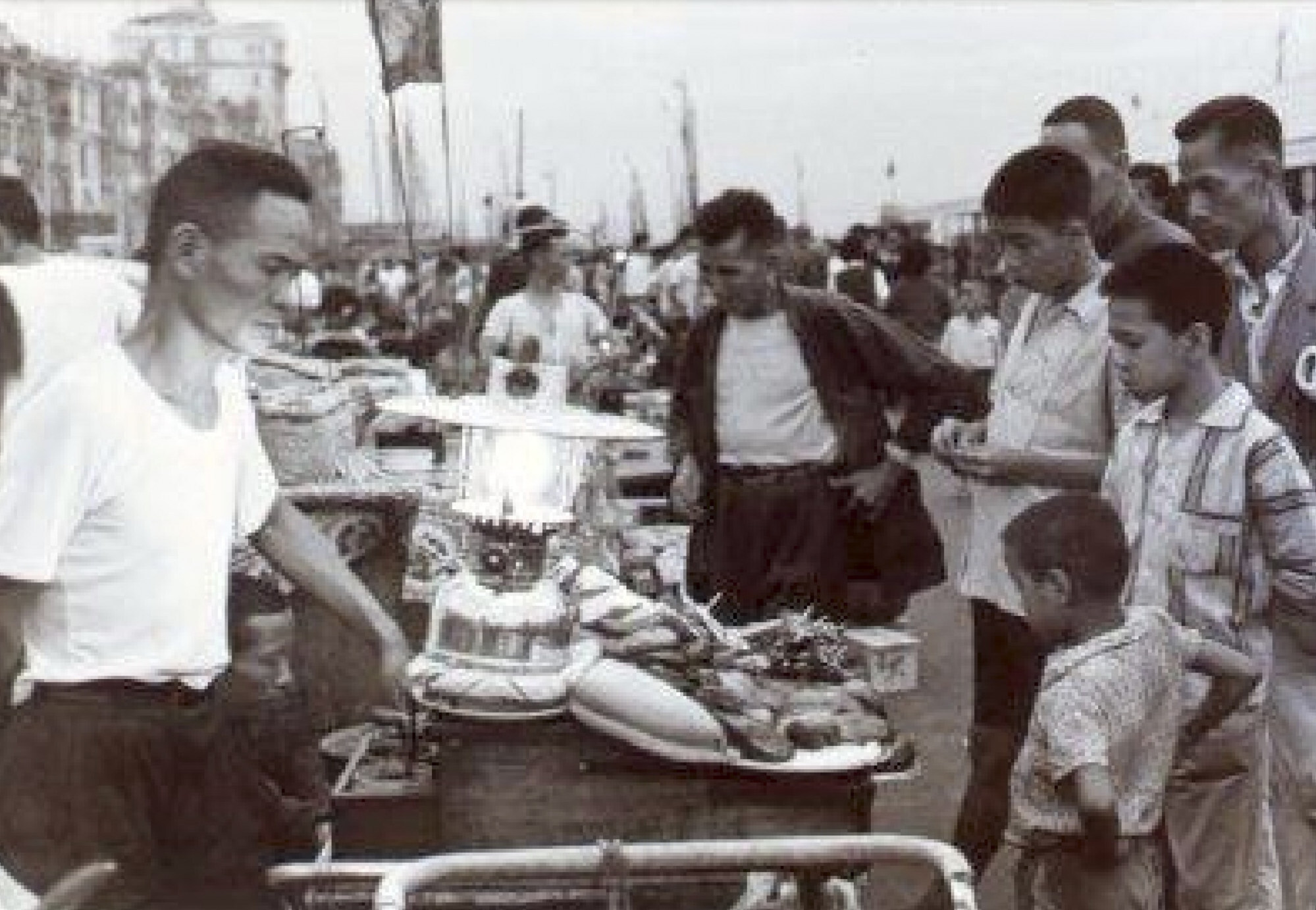
No marketing department came up with the idea for Poor Man’s Nightclub – it just grew up as an alfresco market beside the harbour, near the Macau ferry terminal.
5 of Hong Kong’s best beaches unaffected by government closure
Cheerful, cheap and charismatic, it was untainted by bureaucrats and was a magnet for anyone who wanted to shop for clothes or handicrafts, grab a plate of fried clams, consult one of the self-professed medical experts on site, or listen to snatches of Chinese opera.
Lit by kerosene lamps and – get this – rent-free, Dai Tat Dei (“big patch of land”) was attracting some 300 hawkers a night by the mid-1970s. It was too good to last, of course, and the market was deleted as part of the Shun Tak development in 1992.
2. Disco Disco
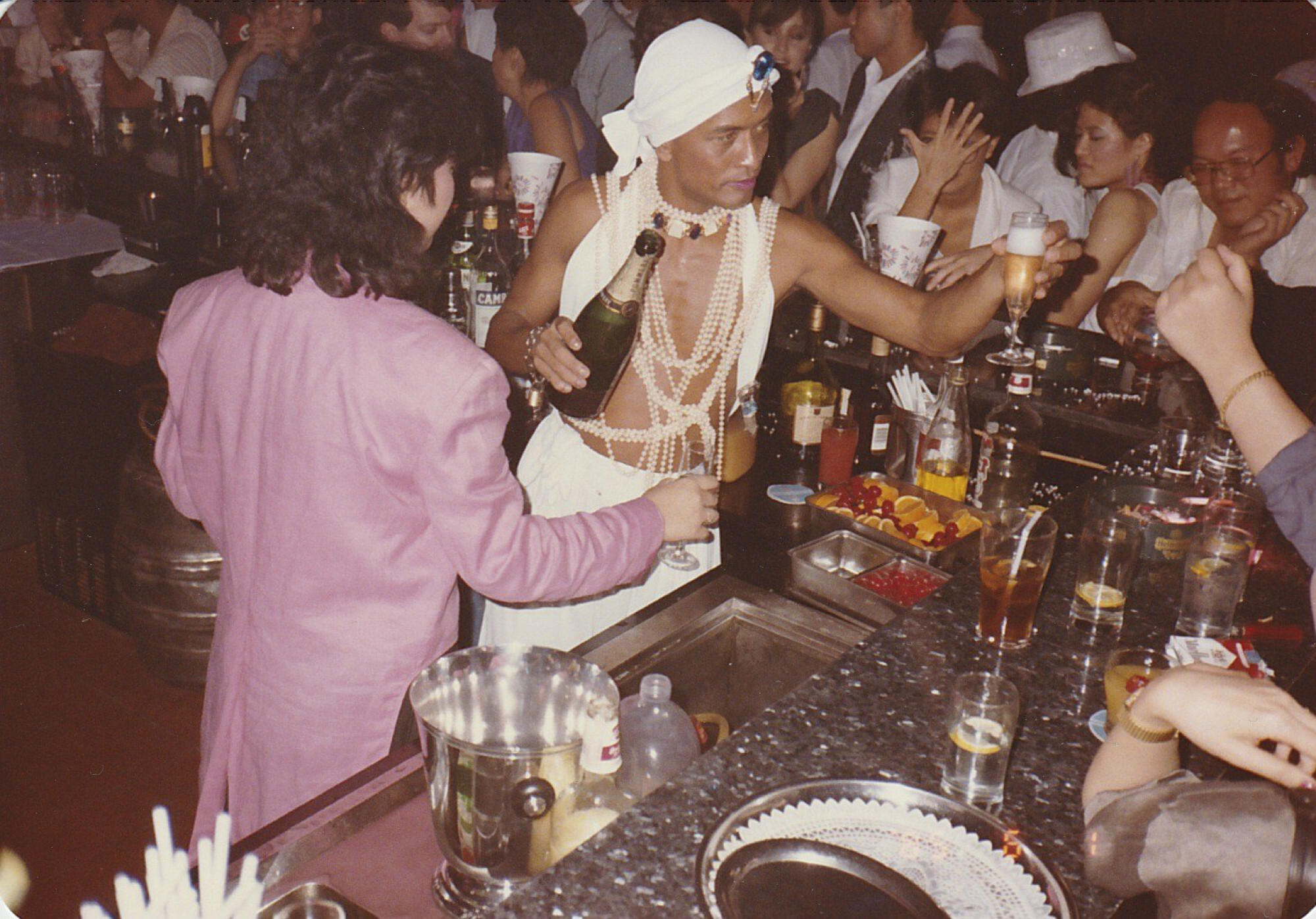
Founded in 1978 by the flamboyant, wealthy Gordon Huthart, and given a camp Egyptian shtick, the D’Aguilar Street discothèque was a huge hit with the (very-closeted) gay community and indeed anyone wearied by the stodgy scene that passed for nightlife in Hong Kong at the time.
Where DD led, others gleefully followed, and it’s generally acknowledged that this was the seed that grew into the free-for-all, rampant jungle known as The Fong (Lan Kwai Fong).
The music died at DD in 1986. Volar was the most recent establishment to inhabit the premises, but it too shut up shop, over a year ago. A sign of the times.
3. Bottoms Up
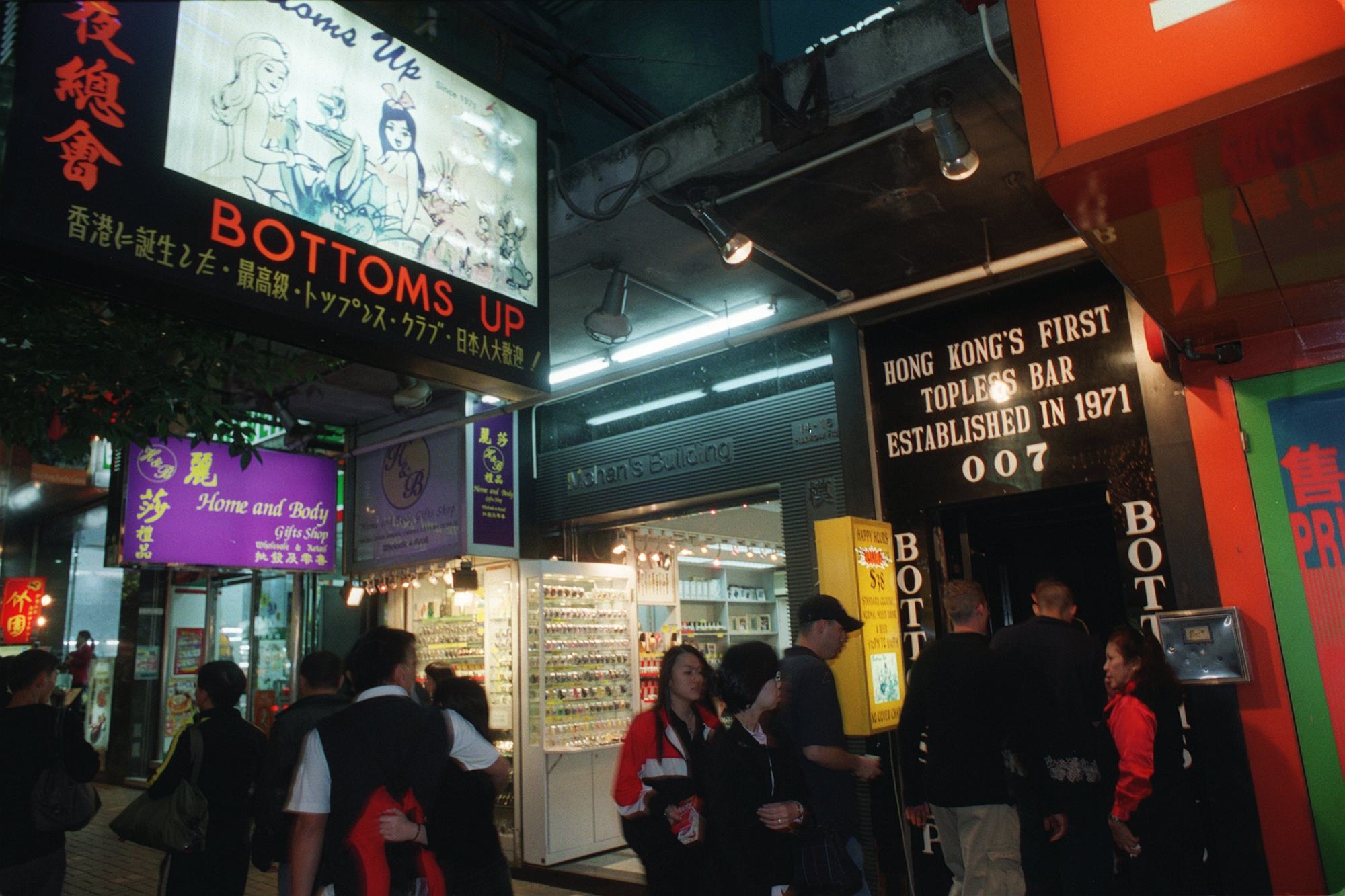
Never mind Bottoms Up’s fleeting cameo in the 1974 James Bond film The Man with the Golden Gun, it was the girlie bar’s dulcet ambience, far removed from other “clip joints”, rather than the array of mirrors, G-strings and bare bosoms, that kept the punters coming.
Much of this was due to hostess Pat Sephton, a one-time London chorus girl with the statutory heart of gold. She sent birthday cards to regulars, encouraged the barmaids to conduct mildly risqué parlour games, and kept the drink flowing (and police and triads at arm’s length).
Rising rents forced a not-very-successful move from Tsim Sha Tsui to Wan Chai, while a later switch to sports bar – bare flesh having become easily accessible online – proved a step down-market. Last orders were called in July 2009.
4. Flying Machine
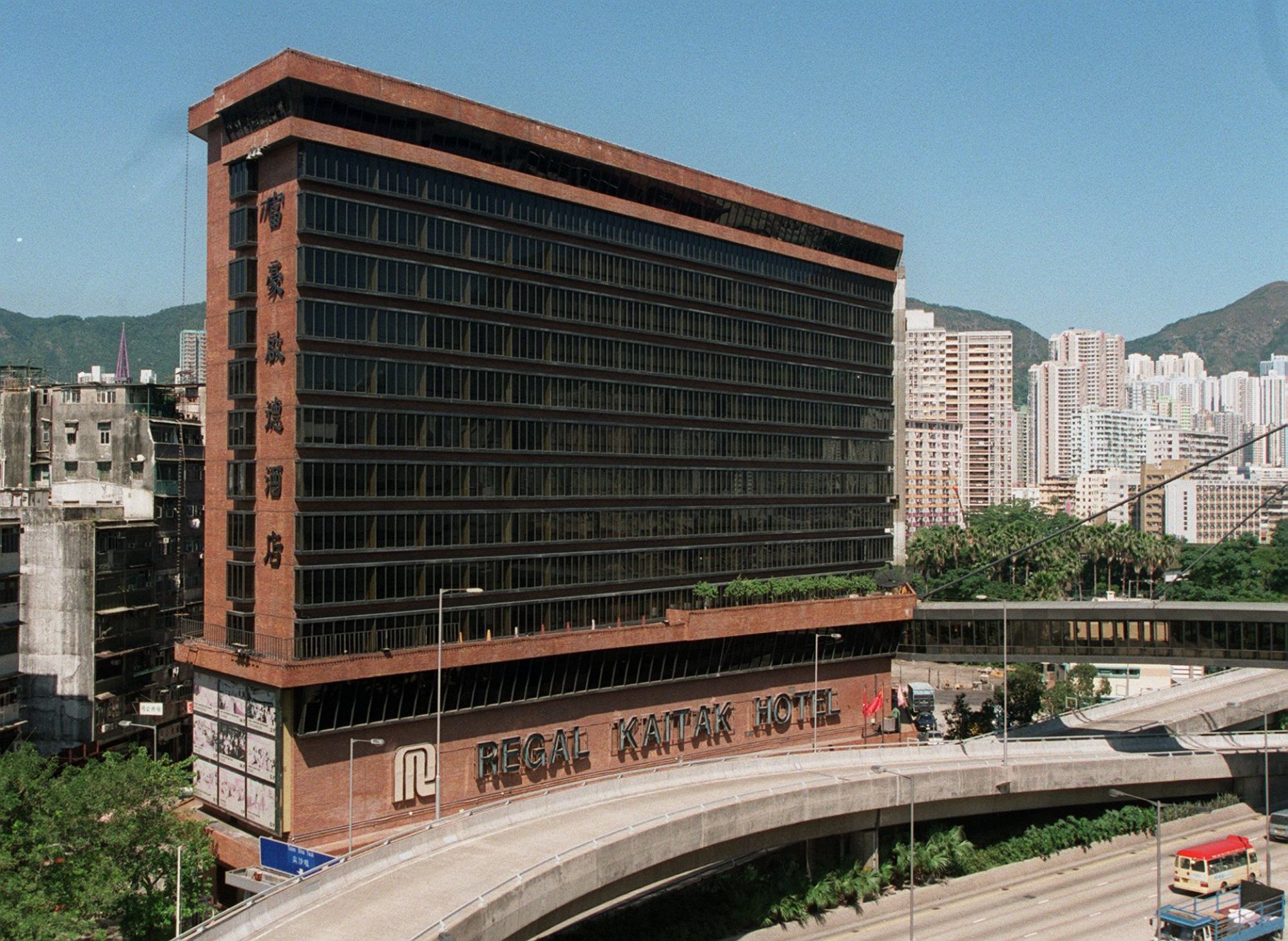
The Flying Machine wasn’t so much a bar as an immersive video game. Pitch up at this watering in the Regal Kaitak Hotel before July 6, 1998 and you could settle yourself into a window seat, order a drink and – without needing to push “play” – the fun started, as jet after jet performed a vivid take-off or whooshed past on its way to land on the old Kai Tak Airport’s 3,390-metre (11,100-foot) runway.
Nobody thought to replicate the Flying Machine at the new airport at Chek Lap Kok after its July 1998 opening, and the hotel, renamed the Regal Oriental, now looks out towards the underused cruise terminal.
5. Hong Kong Club Building

Practically unmissable in the centre of Central, but very much out of bounds to the casual visitor, the statuesque Hong Kong Club Building, on Jackson Road, was the epitome of Victorian architecture – it dated from 1897 – and self-assurance.
Impressive as it looked from the outside, by the 1980s the structure was showing its age. After some protracted and not wholly gentlemanly wrangling it was torn down to be replaced with a new Hong Kong Club Building, a very practical, but comparatively bland, high-rise designed by the Austrian-Australian architect Harry Seidler.
6. Rickshaws

The quartet of rickshaws still clustered by the Central ferry piers and their “For Sale” sign (call Mr Hung 6383 9439) are a sad footnote to what was once – but could still be – a Hong Kong icon.
Other cities encourage novelty transport; why don’t the authorities in Hong Kong licence rickshaw routes in Victoria Park, around The Peak, or along the waterfront? The two-wheelers certainly don’t consume much fossil fuel.
No new licences have been issued since 1975 and it’s around a quarter-century since the last tourists were, er, taken for a ride by the rickshaw “boys”.
7. Lok Ma Chau Lookout
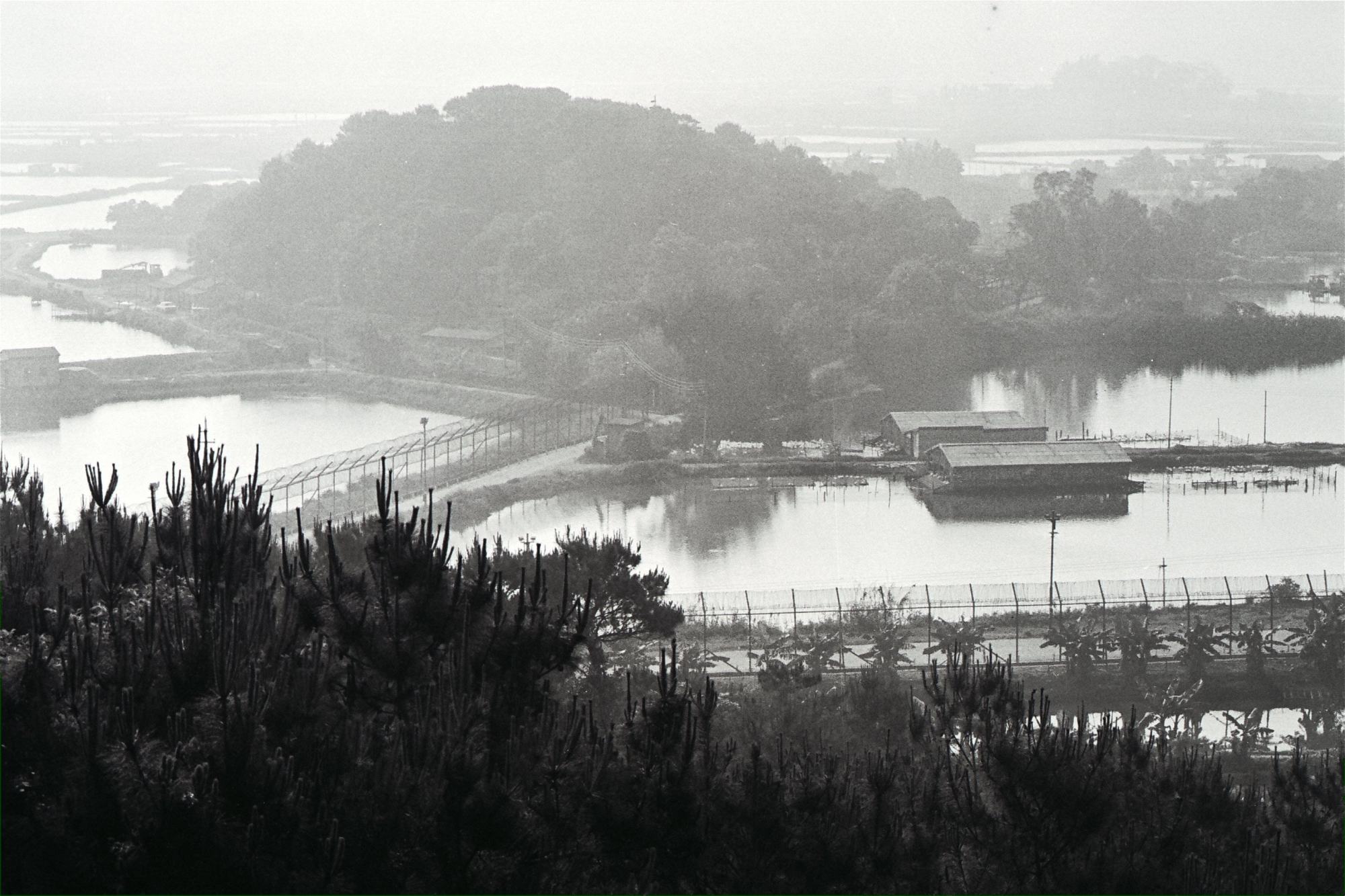
Before the mid-1980s, no guidebook to Hong Kong lacked a half-page or more extolling the virtues of the Lok Ma Chau Lookout, in the northern New Territories.
Entry to “Red” China was problematic, so here was the next best thing: a bird’s eye-view of, well, paddy fields. Lots of them. Communist paddy fields, mind you. Pickpockets and camera-snatchers had a field day, so did vendors of lukewarm soft drinks, and a brace of suitably garbed Hakka ladies could be guaranteed to pose and squawk “Cheesey” on cue.
The Lookout’s still there, but no longer very relevant. And try spotting a paddy field north of the river nowadays.
8. Lai Chi Kok Amusement Park

But he is best remembered for buying Lai Chi Kok Amusement Park in 1961 and making it part of every Hong Kong child’s growing-up until its closure in 1997. By modern standards, its showy-but-shoddy rides and forlorn posse of caged animals were barely worth a glance, but it had no close rival until Ocean Park opened in 1977.
Kids grew up and took their own kids there – it was a Hong Kong rite of passage. Mei Foo MTR station stands close to the old amusement park and – you might have heard this before – the site itself is occupied by housing blocks. The rides were sold or scrapped, and the animals were moved to Shenzhen Safari Park.
9 Tiger Balm Garden
If Lai Chi Kok was the treat for Hong Kong’s youngsters, Tiger Balm Garden was the threat. “See what’ll happen to you if you misbehave.”
Built by Aw Boon Haw – he of the Tiger Balm billions – for half a century the garden’s surrealistic displays scared visitors witless with depictions of the 18 levels of Buddhist hell: being fried in oil, having your tongue cut out, climbing a mountain of knives and so on.
However, sitting as it did on prime building land, the garden represented a rather poor return on investment and the owners, undeterred by the alleged fate of those who succumbed to rampant greed, sold the lot to a property developer in 1998, who knocked it flat.
A three-bedroom flat at The Legend at Jardine’s Lookout costs around HK$25 million (US$3.2 million) today.
10. Star Ferry Pier
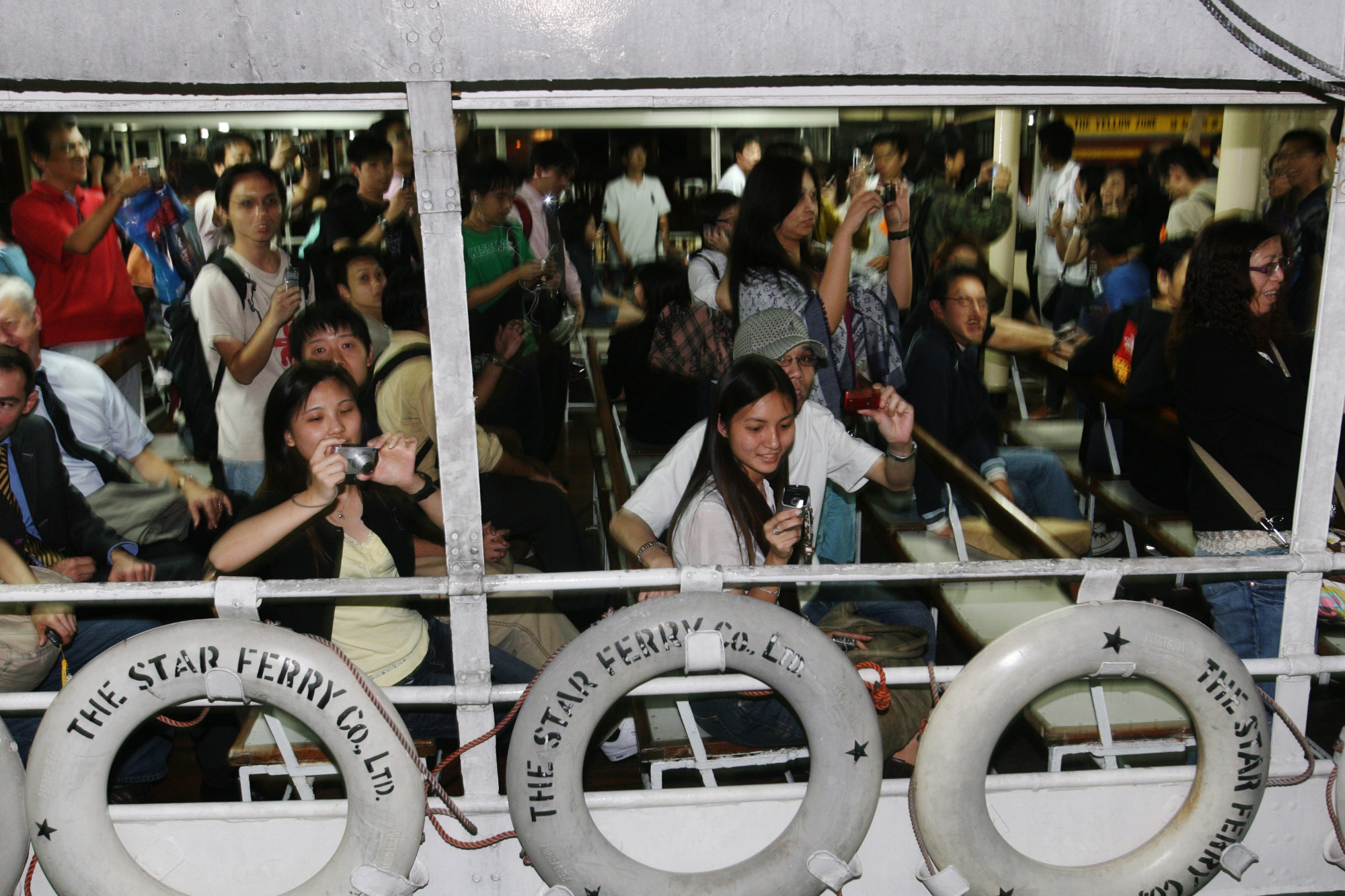
The low-rise Star Ferry Pier in Edinburgh Place was no mere transport hub: it was a comfortingly familiar and unpretentious waypoint for thousands of daily commuters, and a sterling example of East-meets-West design (local architect Hung-yip Chan conceived the look of the facade, a Michael Wright added the clock tower for balance).
So the outcry that greeted its proposed demolition in 2006, and replacement with a rather more kitsch version some distance away, was prolonged and strident – but ultimately in vain.
At least the ferries are still chugging back and forth, although the route has grown rather shorter over the years and the teak decks are gradually being cheapened.

